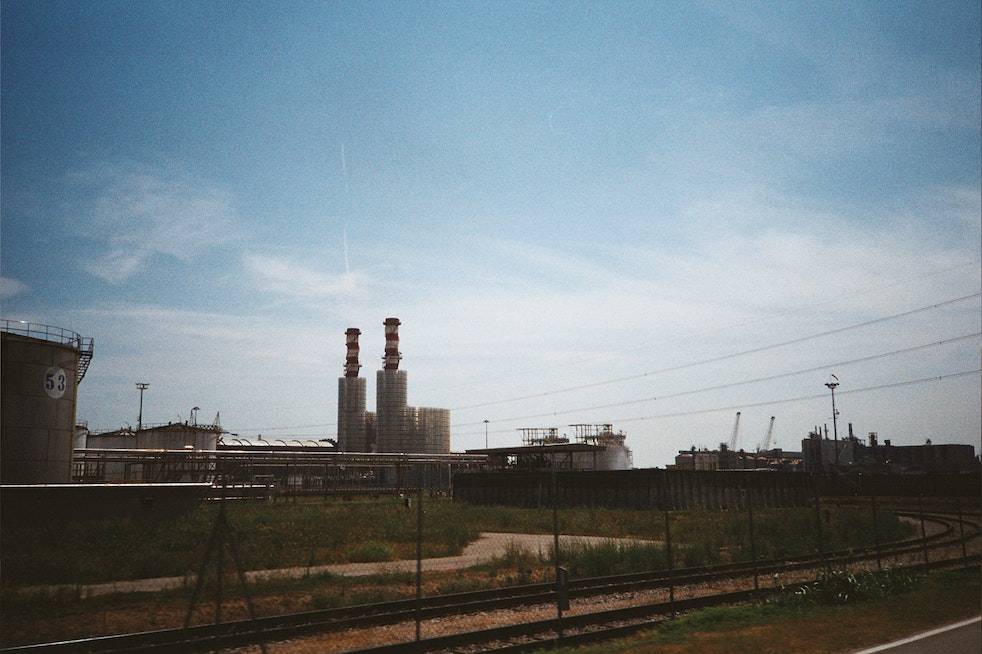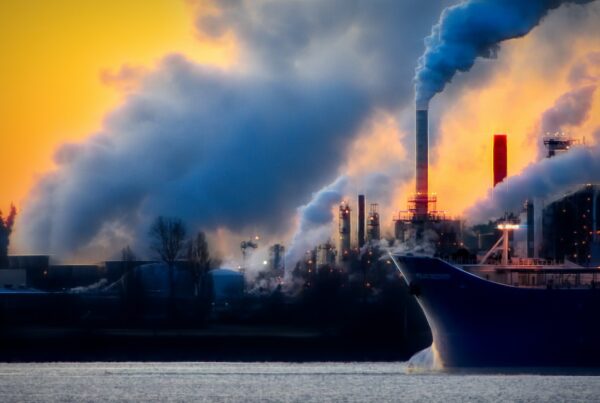Abstract
Energy plays a crucial role in human life as it is necessary for survival and enables us to perform daily activities. The passage of time has driven progress, with various tools, machines, and devices created to facilitate human affairs. Everything is very dependent on Energy. Unfortunately, the prevalent reliance on fossil fuels as the primary energy source has resulted in an environmental disparity attributed to greenhouse gas emissions. Besides, the depletion of fossil fuel reserves is a long-term concern for nations involved in fossil fuel production including Malaysia, which necessitates a delicate equilibrium between escalating energy demands and escalating pollution levels. This review paper aims to highlight the potential of renewable energy based on green hydrogen in Malaysia. The energy scenario in Malaysia has been reviewed by discussing energy demand, current population, energy policy synopsis, conventional energy sources, carbon emissions, and the direction of renewable energy in Malaysia. Besides, the conceptual framework for hydrogen as renewable energy was discussed covering the hydrogen economy, production technology, storage, and energy production using green hydrogen. Finally, potential applications for using hydrogen energy have been presented so that the future direction of using this alternative energy can be well planned in Malaysia.
Introduction
Energy is the most important foundation in life. Every activity is carried out by utilizing energy to maintain the body’s systems in perfect working order. Every living thing possesses a unique system for producing, storing, and utilizing energy, which is influenced by its physical surroundings, environment, and regular activities. This scenario forms the basis of life. Essentially, energy originates from the rays of the sun and subsequently permeates the environment through the food chain. With the progression of modern life, energy has become one of the primary factors driving global progress [1,2]. The industrial revolution, which commenced in the 18th century has contributed to a high dependence on energy due to the extensive use of mechanical machines. This transformation led to the conversion of human energy into mechanical energy for powering machinery, driving global modernization, and improving the global economy and living standards. It cannot be denied that the progress of civilization and technology is strongly propelled by the revolution in energy resources, which can provide the necessary impetus for the successful development of regions and countries. Therefore, the methods of energy production, storage, and utilization are of utmost importance to ensure the sustainability of human life in alignment with the pursued advancement of human civilization [3,4].
The history of human civilization can be studied thoroughly and retrospectively. The shift in energy resource development patterns can be traced back to the Stone Age and the Bronze Age, highlighting the significance of energy as a crucial element in shaping the evolution of human civilization. For instance, humans initially relied on physical farming and husbandry activities, utilizing their hands and simple iron tools like hoes and scythes. Subsequently, humans devised simple tools powered by wheel systems, such as water wheels that harnessed the flow of water, enabling more efficient work during that era. This led to the emergence of numerous industrial cities in areas abundant with water sources, like rivers and seas, facilitating the acquisition of mechanical energy through tools like waterwheels [5,6]. The passage of time occurred rapidly, and humans began to discover fossil fuels that could be utilized for more efficient energy generation. As a result, the industrial revolution witnessed the development of large and complex mechanical machines, leading to increased productivity and mass production. Numerous equipment and machines were designed to be powered by an internal combustion engine fueled by steam and oil vapor. With the widespread adoption of the internal combustion engine system, fossil fuels such as coal, natural gas, and oil became focal points in ensuring sustainable large-scale energy generation. Consequently, the physical systems reliant on manual water flow to operate machinery were gradually replaced by internal combustion engine-powered systems. This revolutionized the development of industrial cities, allowing them to be constructed further away from rivers and seas. As a result, more structured urban development planning became possible [7,8].
Nowadays, the use of fossil fuels and oil as primary energy sources has reached its peak. However, there have been extensive discussions and debates among various stakeholders regarding two major issues related to the world’s reliance on fossil fuels and oil. These issues include the depletion of global reserves of fossil fuels and oil, as well as the adverse effects of uncontrolled burning of these energy sources on the environment and global climate change [9]. As early as 1896, Svante Arrhenius, a Swedish scientist who conducted studies on the increasing levels of carbon dioxide in the atmosphere and its implications for global warming, raised concerns about the pollution caused by the combustion of fossil fuels and oil. He predicted that if carbon dioxide emissions were not effectively regulated, it would lead to sudden global warming and subsequent climate change in the future [10]. Fig. 1 presents the World Climate Change Report, compiled by various research agencies and scientists worldwide. The graph illustrates the increasing trend in global temperature anomalies from 1850 to 2020 [11]. These changes are influenced not only by carbon dioxide emissions but also by greenhouse gases, which contribute to global temperature rise and climate change. The impacts of global warming include the occurrence of severe natural disasters such as storms, typhoons, floods, heatwaves, and various other catastrophic events. Moreover, the rise in global temperatures will result in the melting of polar ice, leading to a rise in sea levels that can potentially submerge coastal areas such as New York, Shanghai, Jakarta, Japan, and Bangladesh. Additionally, this phenomenon poses a significant threat to the natural habitats of flora and fauna, underscoring the need for urgent attention and action [12,13].
Malaysia, as a developing country, faces similar challenges. Being a producer of fossil fuels and oil, these natural resources serve as the country’s primary source of income. The key issues that Malaysia confronts include the diminishing supply of fossil fuel raw materials and oil, as well as environmental pollution. Furthermore, Malaysia’s energy requirements are increasing in tandem with global technological advancements. Therefore, the need for exploring new alternative and greener energy sources in Malaysia is critical to address these emerging issues effectively. Researchers have observed that renewable energy sources offer a long-term solution for achieving the country’s objectives. By reducing dependence on fossil fuels and oil and embracing renewable energy sources, Malaysia can effectively tackle environmental issues at the local, regional, and global levels. Among the potential alternatives, green hydrogen-based energy sources emerge as a favorable option for Malaysia, considering concerns regarding fuel reserve sustainability and environmental safety. Researchers anticipate a two-thirds increase in global hydrogen energy use from 2010 to 2030 [14,15]. This paper provides a comprehensive overview of green hydrogen as a renewable energy source in Malaysia. It begins by discussing the energy scenario in Malaysia, including energy demand, policies, and the limitations of conventional energy resources based on fossil fuels and oil. The direction of renewable energy in Malaysia is also addressed. Subsequently, the potential of hydrogen as an energy prospect in Malaysia is detailed, focusing on various aspects of hydrogen management such as hydrogen production, storage, and energy generation. Additionally, the expertise and knowledge related to hydrogen in Malaysia are explored. Finally, the potential applications of hydrogen in Malaysia are presented, with a particular emphasis on the residential sector, vehicle applications, and industrial requirements. These discussions aim to provide future perspectives and milestones of hydrogen energy implementation that can be realized and sustained in Malaysia. Thus, this review aims to raise awareness and offer ideas for the implementation of hydrogen energy in Malaysia. By highlighting the existing capabilities, it aims to provide a new perspective that will boost the confidence of all stakeholders in adopting hydrogen energy as a means to meet the growing energy demand and mitigate the impact of environmental pollution.
Section snippets
Energy scenario in Malaysia
The utilization of energy is crucial for the sustainable and organized economic, social, and standard of living development in Malaysia. As the nation experiences rapid expansion of infrastructure, coupled with population growth, the demand for energy has been escalating significantly. As a developing country with expanding population and economic development, Malaysia is in need of reliable and sustainable energy sources. This demand has played a pivotal role in fostering advanced and
Hydrogen as energy prospects in Malaysia
The adoption of hydrogen energy in Malaysia is still in its early stages, and there is still a long way to go before it becomes a widely used energy source. Despite its potential, several challenges need to be addressed to make hydrogen energy a viable alternative in Malaysia. One of the significant obstacles is the high cost associated with producing hydrogen. Currently, the production of hydrogen from renewable sources can be expensive, requiring investments in advanced technologies and
Potential applications of hydrogen in Malaysia
Hydrogen holds significant potential for various applications in Malaysia, including the residential sector, vehicle applications, and industrial requirements. As Malaysia aims to transition towards sustainable and low-carbon solutions, exploring and implementing hydrogen applications in the residential, transportation, and industrial sectors can play a pivotal role in achieving these goals and fostering a greener and more sustainable future.
Conclusion
Malaysia has recognized the potential of hydrogen as a clean and renewable energy source, and has taken steps to develop its hydrogen industry. The government has identified hydrogen as a strategic area for growth, and has launched initiatives to encourage investment in the development of hydrogen technologies, production and distribution infrastructure, and applications such as fuel cell vehicles. There are also plans to establish Malaysia as a regional hub for hydrogen production and export,






